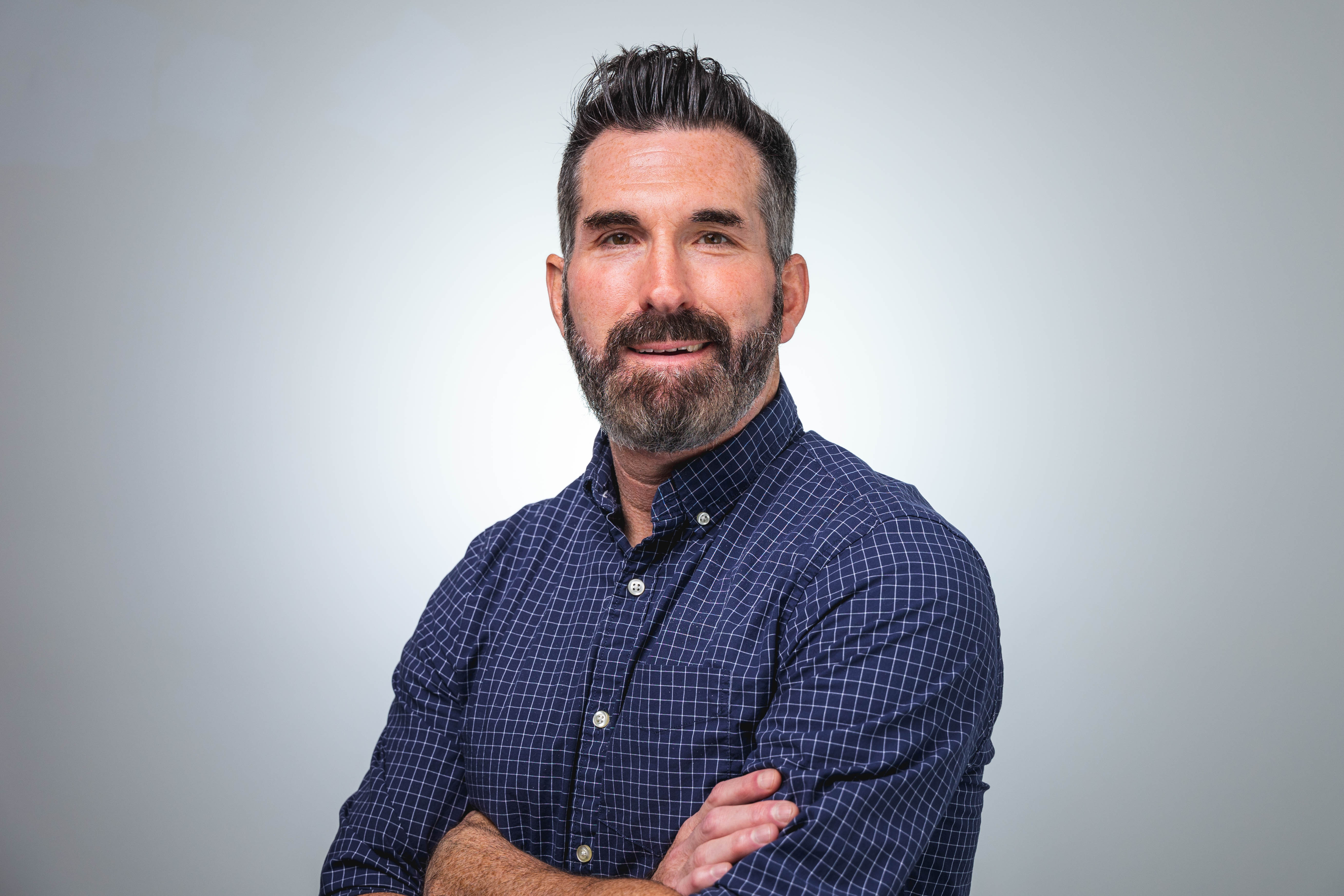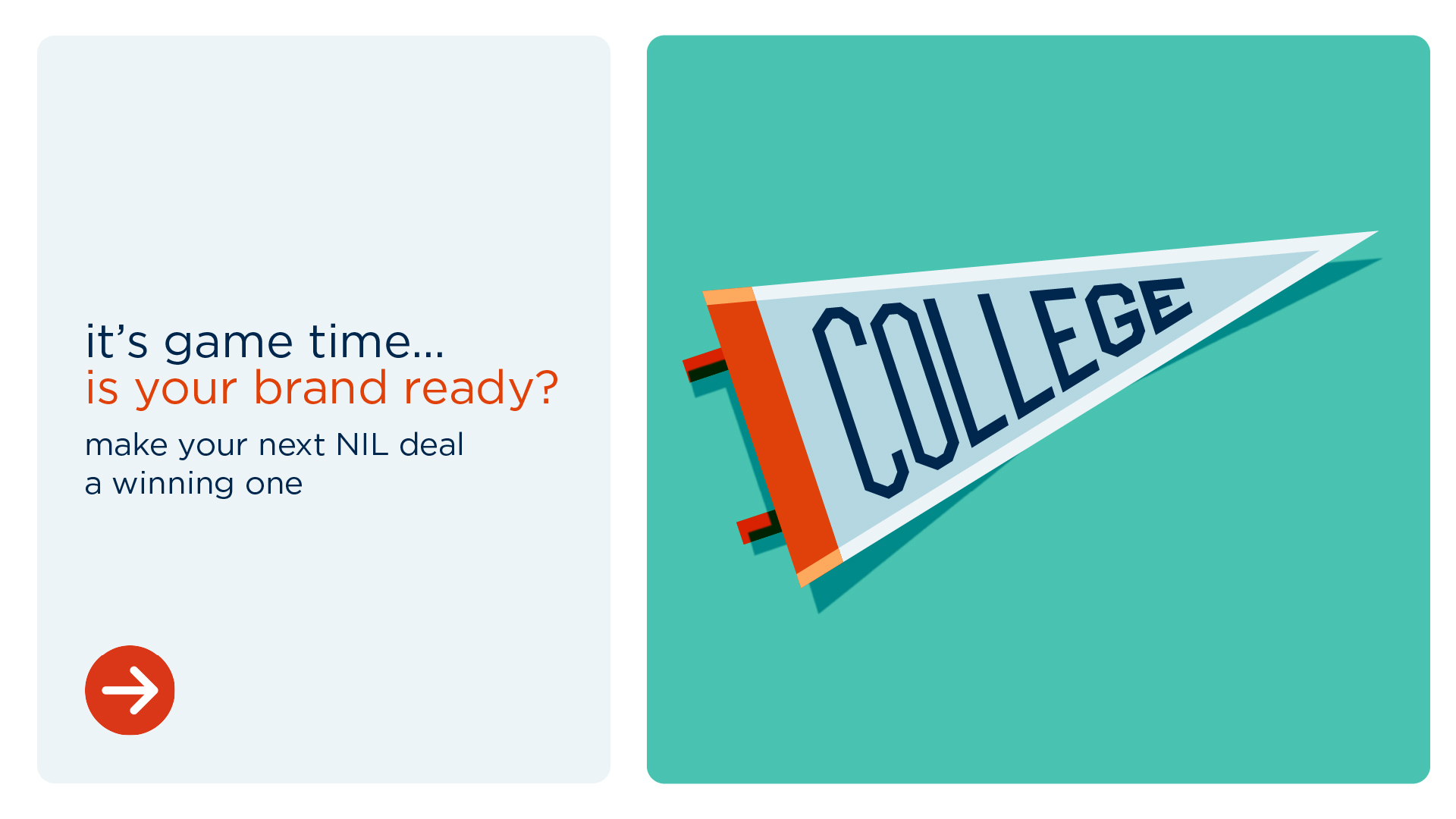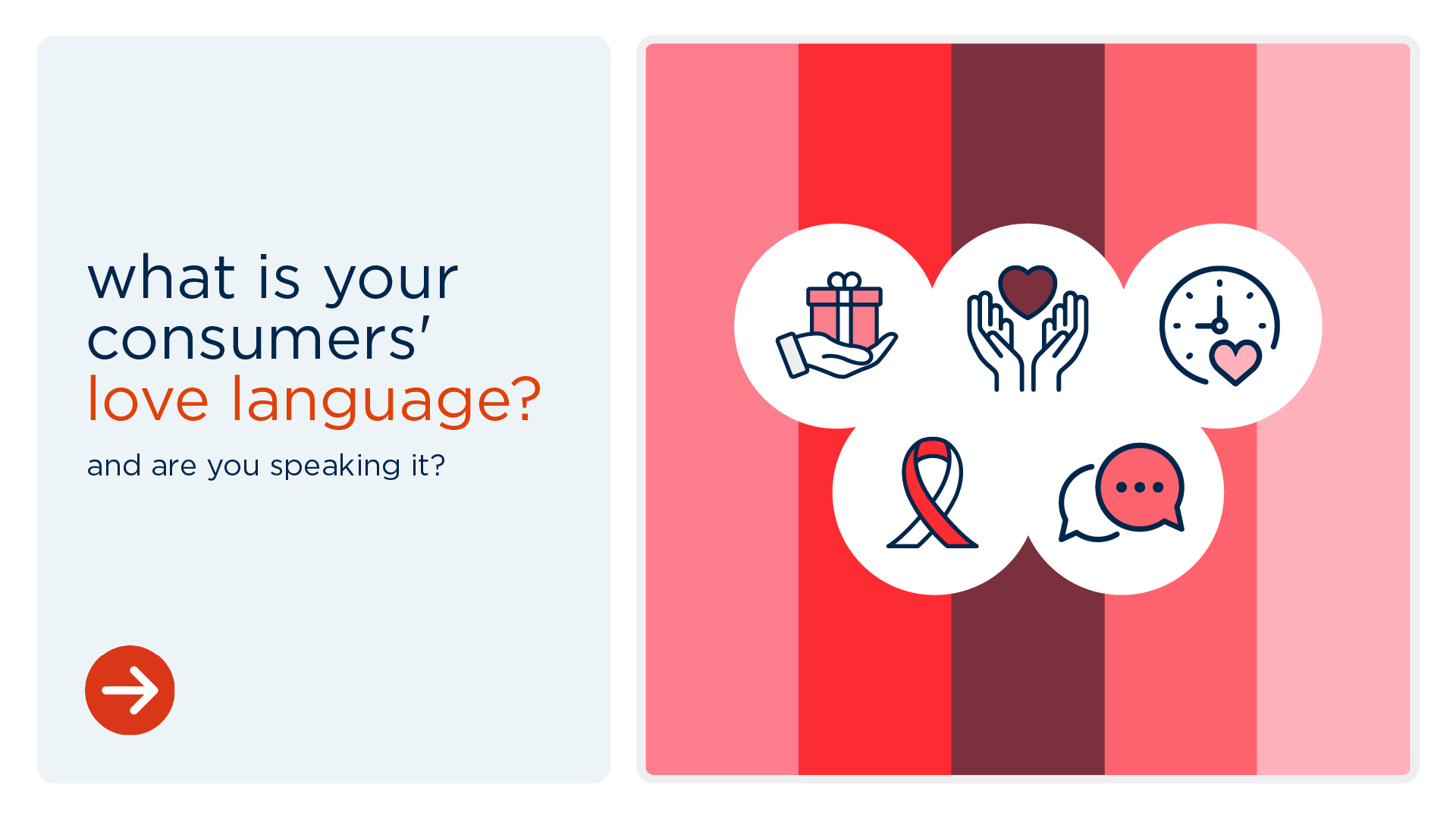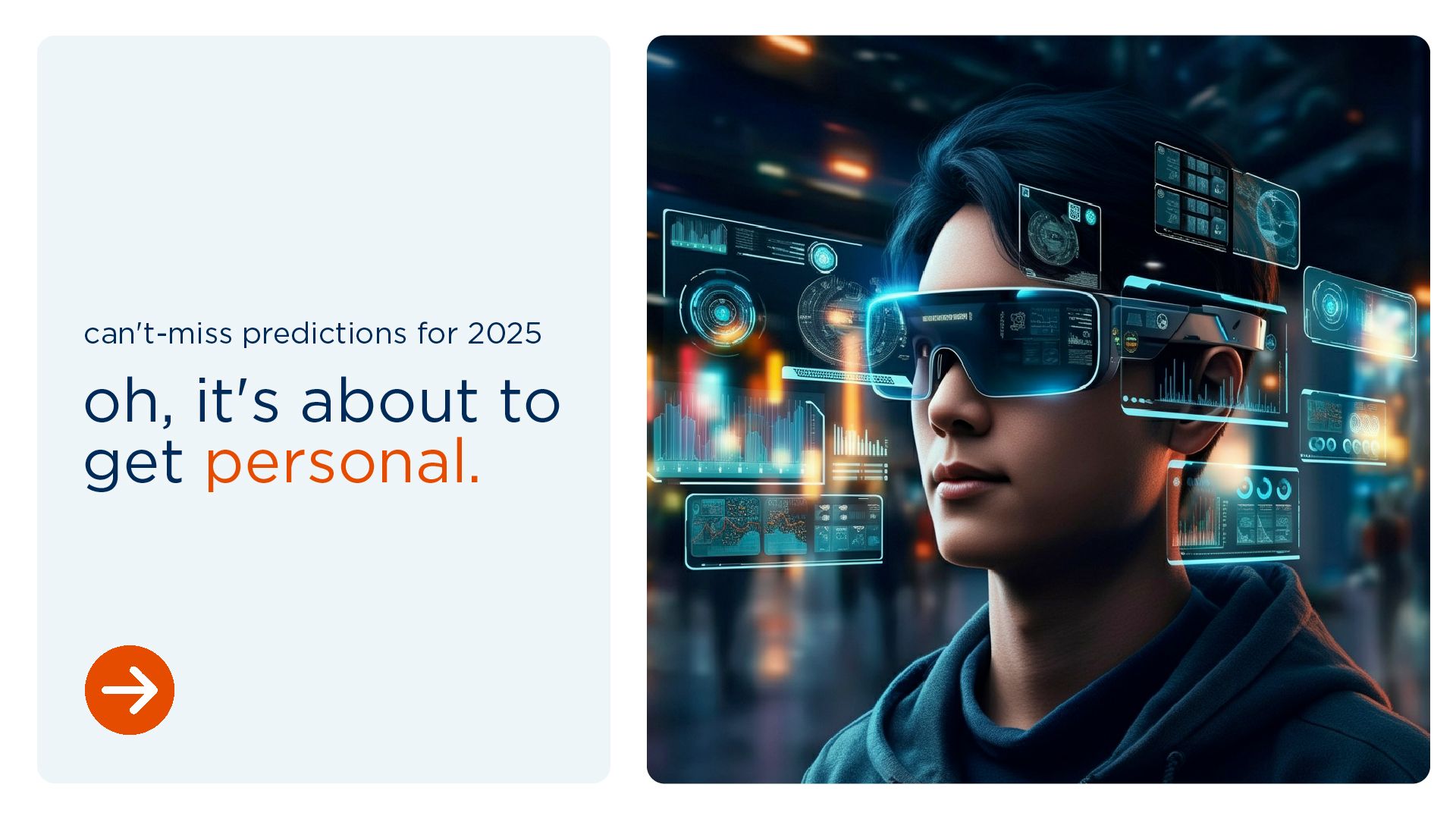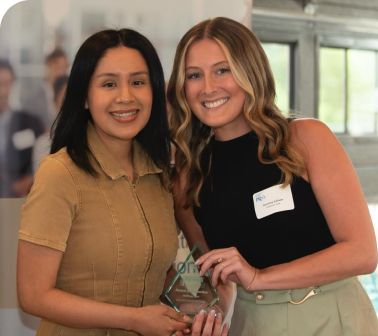3 Legacy Brand Marketers Share Secrets to Staying Relevant
March 20, 2025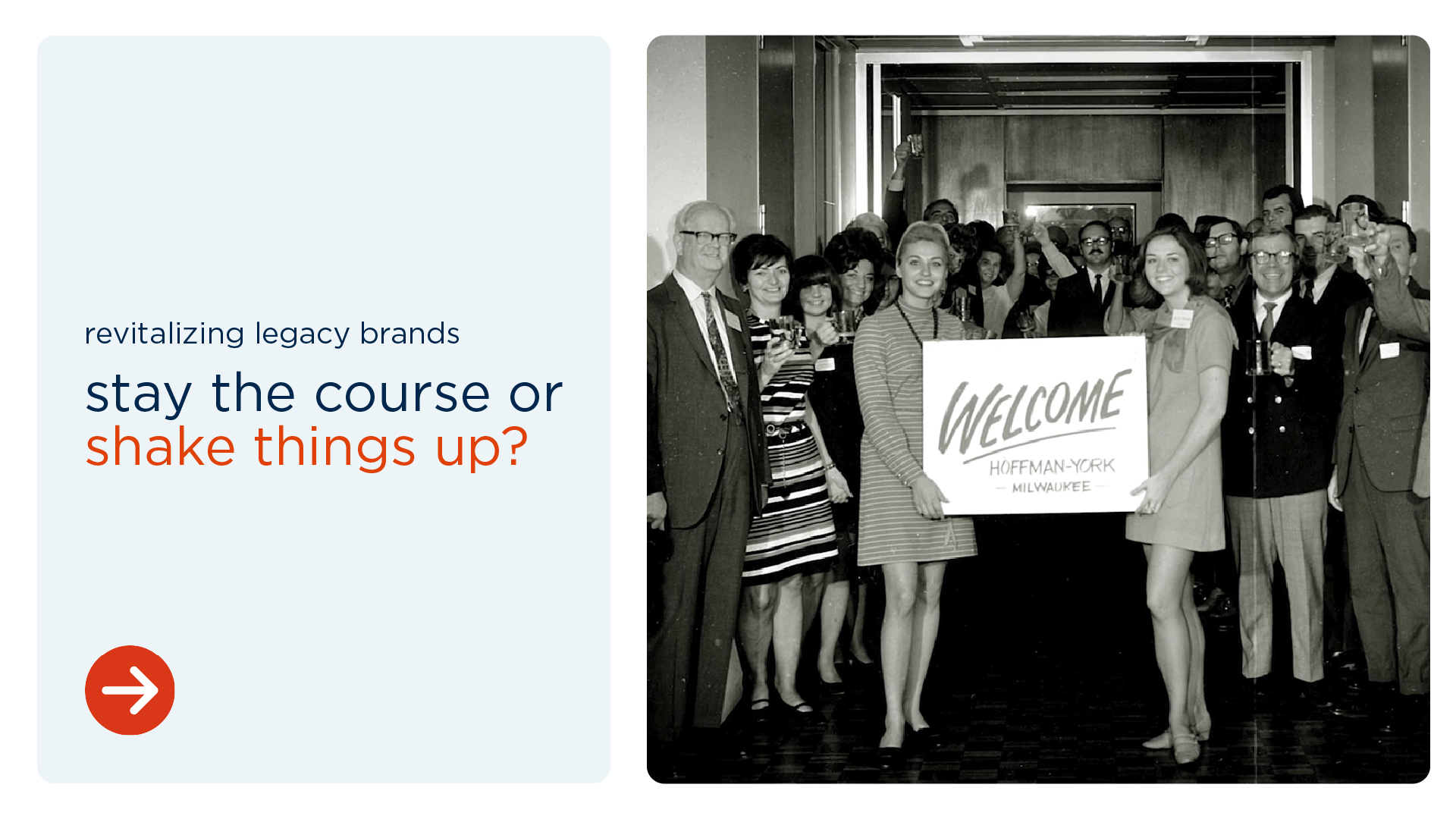
It’s the age-old question: How do brands that have been around a long time attract younger audiences without alienating their aging base? It’s a delicate balance that requires careful consideration. Tip the scales too far in any one direction (looking at you, Jaguar) and you risk short- or long-term sales.
The goal of any legacy brand is to maintain the customers that got them there while filling the pipeline with new ones. This is easier said than done. Often, this requires revisiting or redefining the brand or brand expression. Or, at the very least, understanding how you can update your image while staying true to your origins. Having worked on several of these brands over the years (and being one ourselves), we decided to sit down with legacy brand decision makers internally and externally to find out what they’ve learned and what advice they have for others.
Steven Yde, VP of North America Consumer, Wahl Clipper Corporation
Q: Wahl’s been the name in hair clippers and men’s grooming for over 100 years. Quite the accomplishment. What’s the secret to engaging a younger audience without losing more established customers?
A: There are four factors to our continued success: 1) Our success in professional tells the consumer they’re getting product that is from the brand their barber uses, which gives us a leg up on any competition when it comes to perceived quality; 2) We stay engaged with the latest trends and focus on connecting with each new generation through our marketing efforts; 3) Innovation. You can’t rest on the same old, same old; 4) Understanding the various segmentations to position our product assortments correctly to meet the needs of consumers, whether it be a technical need or demographic/psychographic differences.
Q: In your opinion, should the granular targeting available today lead to different messages for different audiences? If so, how do you ensure the brand doesn’t become all things to all people?
A: A brand must be true to itself. Our roots are in the professional area, so being authentic to our roots and our purpose is critical. How we communicate can and has changed—educational, humor, philanthropic-driven and technology focused. And it should because consumers react differently to different communication. It’s about finding ways to break through the clutter without changing who you are.
Q: What’s the one piece of advice you’d give to marketers who struggle to keep their legacy brand relevant?
A: Don’t try to be authentic, be authentic. The moment you try is the moment people know you’re a phony. Understand why you’re struggling and address the cause. More often, it’s a paradigm shift in the category such as technology, behavior or cost.
Frank Wilhelm, Marketing Director, Yamaha Outboard Engines
Q: Yamaha has been one of the premier brands in boating and fishing forever. What does it take to stay at the top for all these years?
A: The core of the Yamaha brand has always been our innovative, superior outboard engines that are built to the highest standards of performance and unsurpassed reliability. Generations of boaters depend on the reliability of Yamaha outboards for problem-free boating and long-lasting durability. Understanding that customer mindset and consistently focusing our marketing on “reliability” has established Yamaha as the premium outboard brand in the market for a long time.
Q: What things have you done to lure in younger boaters and anglers (sorry for the pun, we had to) and has this had a negative impact on your more established customers?
A: Our research indicates that the Yamaha brand is held in high regard by all age groups. However, due to the premium price of Yamaha outboards, as well as the overall cost of purchasing a boat, there are some accessibility challenges to younger, first-time boat owners.
We reinforce the Yamaha brand aspiration through more organic marketing platforms that over-index on younger boaters, like social media. Our messaging to new and younger boaters puts an emphasis on the lifestyle and aspirational aspects of what they can do with our products rather than prioritizing spec information or performance.
We’re also making strides to bring new and young boaters into the category with personalized web experiences such as how-to, lifestyle and first-time content, and we’re meeting them where they are with SMS marketing. There are so many great tools at our disposal that allow us to tailor and customize our marketing to different customer segments in a highly targeted manner, so we don’t feel like we’re alienating any of our customer base.
Q: What’s your advice for marketers who want to evolve their legacy brand?
A: Don’t fall victim to thinking innovation alone will win the day. New products are almost table stakes in most categories today, and great ones are at the core of every enduring brand. The key is to stay consistent in your marketing approach. The Yamaha message is ever-changing to meet our new product offerings, the demands of the market, as well as reflect our evolving customer. But our enduring brand promise of “Yamaha Reliability” has been at the forefront of communication for over 20 years. You must find that one thing that makes you special for all generations of buyers and continue to live and promote that.
Emily Dold, President, Hoffman York
Q: So, Hoffman York is closing in on 100 years. How much of your brand story plays into heritage vs. the here and now?
A: The year our agency began, the U.S. was amid the Great Depression, the Prohibition Era just ended, and, for the first time, brands could communicate to a home through a radio. It was a time to help brands understand trends and to look forward to where they wanted to go. The way people consume information has never stopped evolving and neither have we. By continuously pre-empting the needs of an ever-changing consumer landscape, we have helped the businesses we serve, their customers and our talented employees succeed.
Q: HY just went through a brand refresh. As an ad agency, this must be like riding a bike, right?
A: Branding is a key capability, but the reality is, as a client-first, service-oriented business, it is hard to find the time and resources to dedicate to our own brand look and feel. Yet, it is vital to keep our brand image fresh so we can continue to be future-relevant and doing what we love to do. It was helpful to prepare and commit to a detailed plan and timeline upfront, and then all team members stayed true to our process to keep us as efficient as possible.
Q: What are some things you learned that you would share with the next client that needs a rebrand or brand refresh?
A: In any business, there are multiple influential leaders who care deeply about outcomes yet hold a wide variety of perspectives. Even when the decision is made to work with outside counsel, conducting stakeholder interviews upfront is a valuable first step in the process. With our own rebrand, I found that having a neutral research expert on our team to gather insights, mediate stakeholder input, and summarize final decisions was a fantastic and productive way to start.
Summary
We live in a constantly changing world. A world where attention spans continue to get shorter, clutter is everywhere and breaking through requires a higher degree of creativity and personalization. For brands that have been around the block, it can be difficult to move fast and make the changes necessary to stay relevant. Whether it’s due to internal forces or the reluctance to pivot because of fear or uncertainty.
Knowing when and how to evolve your brand to attract new audiences is no easy task. That’s where we can help. We’ve guided companies through these hard decisions and understand how to navigate challenges. Companies like Wisconsin Economic Development Corporation. Interested in learning more? Hit us up and let’s talk.
About the Author
